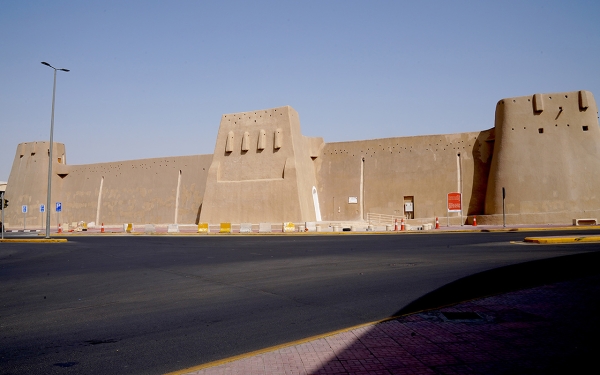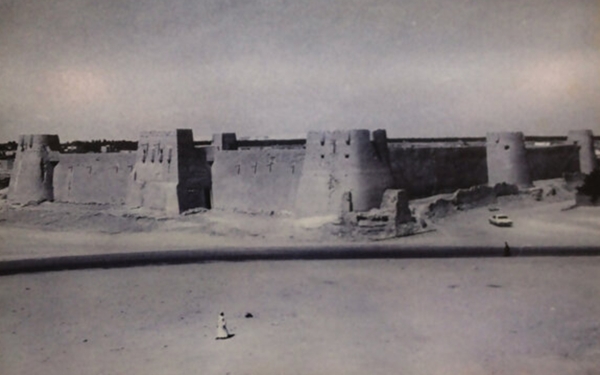

Sahoud Palace is one of the archaeological sites in the Kingdom of Saudi Arabia. It was built between 1790 and 1800. The palace was designed in the form of a fortress and was named "Sahoud" after a cannon that was placed inside the palace.
History of Sahoud Palace
The palace is located in al-Ahsa Governorate in the Eastern Province of Saudi Arabia. Its purpose was to defend the city from enemies and protect the agricultural lands in the area. During times of war and siege, it served as a shelter for people seeking refuge.
Sahoud Palace is considered one of the historically important heritage palaces in the Kingdom. It witnessed some significant battles of the First Saudi State, notably the resistance against Ali Pasha's invasion of al-Ahsa. The castle was surrounded by a defensive water trench to protect it. Over time, this archaeological castle became a tourist landmark centered in al-Mubarraz in al-Ahsa on four main streets, stretching over an area of up to ten thousand m² with walls nearly six m high.
Sahoud Palace Towers
The towers of the palace vary in their designs and shapes. There are seven towers positioned for observation within a high wall. The defensive walls of the palace have both inner and outer walls at the level of the parapet, distinguishing them from other forts. The term "parapet" refers to the barrier that is placed to hinder the advance of enemies and prevent their entry.
Sahoud Castle's structure includes an open courtyard and several facilities: a mosque with a large area divided into three cylindrical columns made of stone, a carved pulpit in the same wall, a guest reception area (majlis), a well that provides the castle with water, a warehouse, rooms for soldiers on the watch, and stables for horses.
Restoration of Sahoud Palace
The Kingdom is concerned with preserving the ancient archaeological buildings and their stability over the years, as part of the culture and historical heritage. Therefore, the Heritage Commission of the Ministry of Culture worked in 2020 to restore the palace to its former state. During the restoration process, war bombers, artifacts, and an old cannon were discovered through excavation at the palace.
Related quizzes
Related articles


